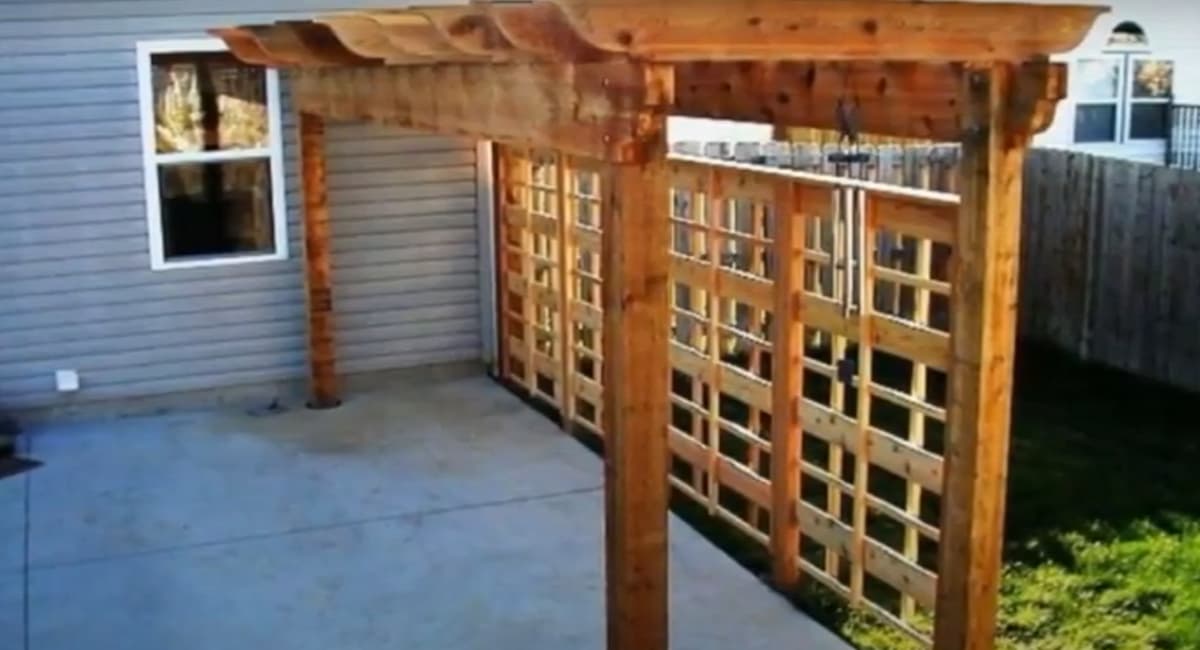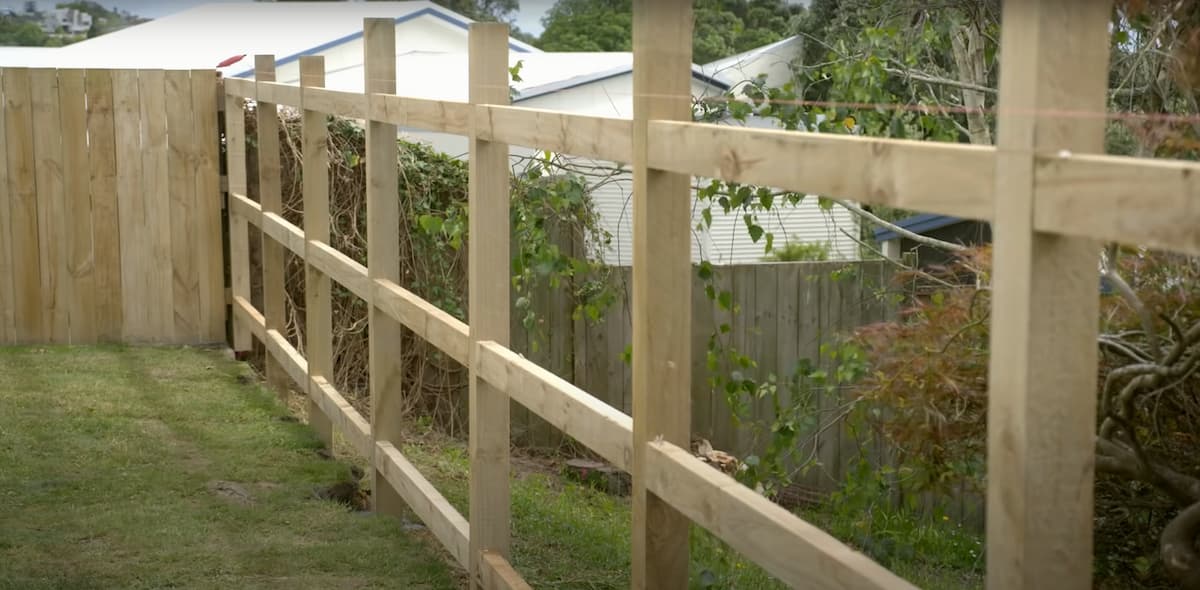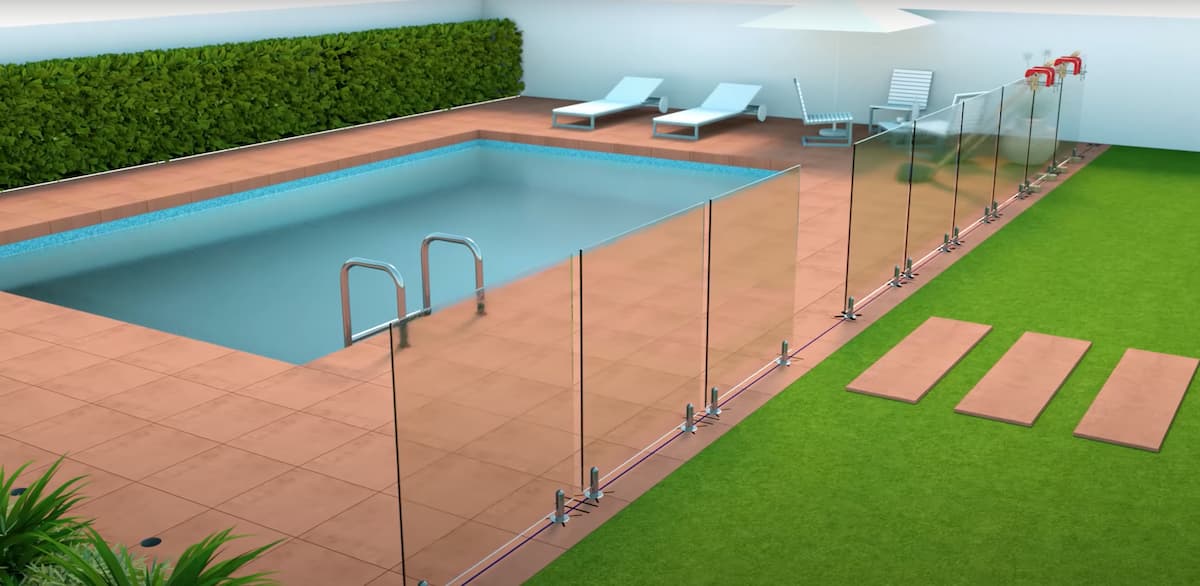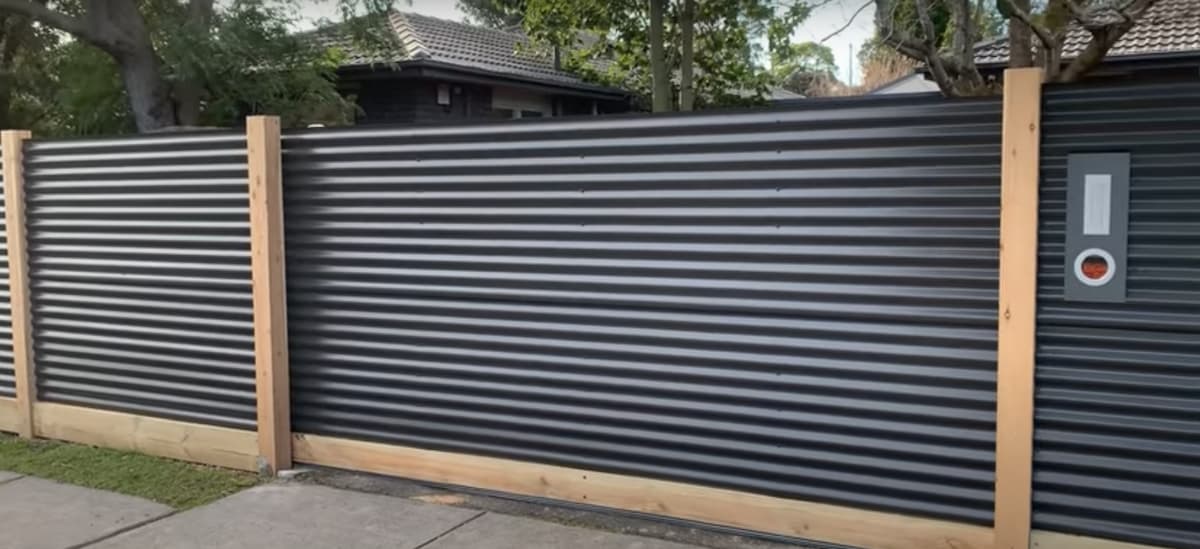
Timber is a term used for wood that has been harvested and turned into beams and planks. Also known as lumber in the US and Canada, timber is used quite a lot in construction. When it comes to Australia, it is very easy to see that Australians love their timber fences. The iconic look does not seem to go out of style, as the timber fence goes further back than 1900.
Back in the 19th century, Australians used to mark their property boundaries using 6 feet tall timber railings. Up until the 1870s, most houses had timber fences with generally flat or shaped tops. With the new technologies, a lot of new trends came around but the white picked timber pence was never completely phased out. It eventually made a comeback in the late 20th century because of the timeless, traditional, and simple look.
Still in use today, the timber fence has evolved and now includes several different types. There are the panelled, picket fences as well as the ranch-style fence. To add to these, there are also pinewood, oak, cedar fences, and other fence types made of various types of timber. Timber fencing can also save you a lot in costs as compared with aluminium fences which can cost a lot more. There are so many possibilities that it is becoming increasingly hard to choose just one!
Timber fence posts
A timber fence post is a vertical element made out of timber that upholds a part of a fence. Because the posts are required to support the entire fence, they must be durable and properly installed.
There are different types of fence posts. First, there are corner posts. They are made of timber and they require deep installation. Second, there are in-line posts that are again made of timber but they do not need deep installation. Still, you do need to make sure that they are firmly set into the ground. Another type of fence post is the temporary post which is smaller and easier to install.
In addition to the type of fence, there are several other things to take into consideration – the type of timber used for the post as well as the treatment of the timber. The treated timber tends to last longer, while the pine, redwood, sweetgum, black locust, and osage orange are the best types of timber for fence posts. We have built a comprehensive costs guide for various timber fencing to make it easier in choosing the correct style for your specific home or property.
Timber fence panels
A timber fence panel is one of the best fence options if you are looking for extra privacy. One of the first things to consider when choosing timber fence panels is whether to use dip treated or pressure treated ones.
The process of dip treatment includes putting the timber into a chamber containing high-quality timber preservative and removing it once the timber has absorbed the preservative. On the other hand, in pressure treatment, the timber is put into a chamber where the vacuum removes the air from the cells. The preservative is added to the timber with the help of hydraulic pressure. Once that is done, the wood goes into another chamber where the extra preservative is removed and the timber is left to dry.
While the dip treated panels are usually cheaper, the pressure treated ones are more durable. Both types of panels can be made out of different types of timber but the best options are cedar and pinewood panels. Once you have chosen your timber fence panels, make sure to stain the timber so that it is protected. The best type of timber stain is usually one that has ultraviolet and sealant protection.
Timber fence ideas
There are many types of timber fences, but here are some of the most popular ones:
1. Cedar Fence – this is a great fence option because of its durability, sustainability, and the great colour that it has. If you want to make the fence in a colour other than these two, it will take a lot to cover the original coat. This type of wood also has a very distinct scent, so make sure that you are not allergic to it before you commit to it.
2. Pinewood fence – pinewood is said to be the best type of wood for fences. The reason behind this is the soft texture. It is very easy to colour and model, but it tends to get damaged easily. Still, this is a very affordable variant if you are looking to build yourself a new fence.
3. Oak fence – another strong and durable option, the oakwood is great for fencing because of the gorgeous look. With many different colour tones, the oak fences can be both hard or smooth, and red or white. At times, exposing oak fences to oxygen and UV light can lead to the fence adopting a darker colour.
Timber fence gate
The timber fence gate is also very important because it is one of the first things that people see when looking at a house. Whether it is the entrance, driveway, or a courtyard gate, the best type of timber fence gate is one made of softwood like cedar or scots pine.
Timber paling fence
This term usually applies to the style of fence you would find on the rear side of a house. The posts are usually made out of treated cypress wood, but the red cedar is also widely used.
Timber slat fence
A timber slat fence is a type of fence that includes horizontal boards or planks spaced in such a way as to provide some visibility. Again, the best types of timber for this kind of fence would be cedar or redwood because of their durability and warp resistance.
You can easily build a slat fence yourself. First, dig the holes where the posts will be placed and place the posts in them. Then, install the screen boards on the posts and you are good to go.
This type of fence is useful because it gives you a lot of privacy while it also makes your property look modern and chic.
Timber picket fence
A timber picket fence is a type of decorative fence used to set the boundaries of your property in either the back garden or the front yard. This type of fence is very popular in Australia because it is simple, practical, and it gives the home a very elegant and traditional look.
There are several types of picket fences to choose from, as well as various materials that they can be made out of. It is relatively easy to make the fence yourself, and it does not require any special maintenance. Aside from colouring it every 5 to 10 years, you will not have anything else to worry about with this type of fence.





